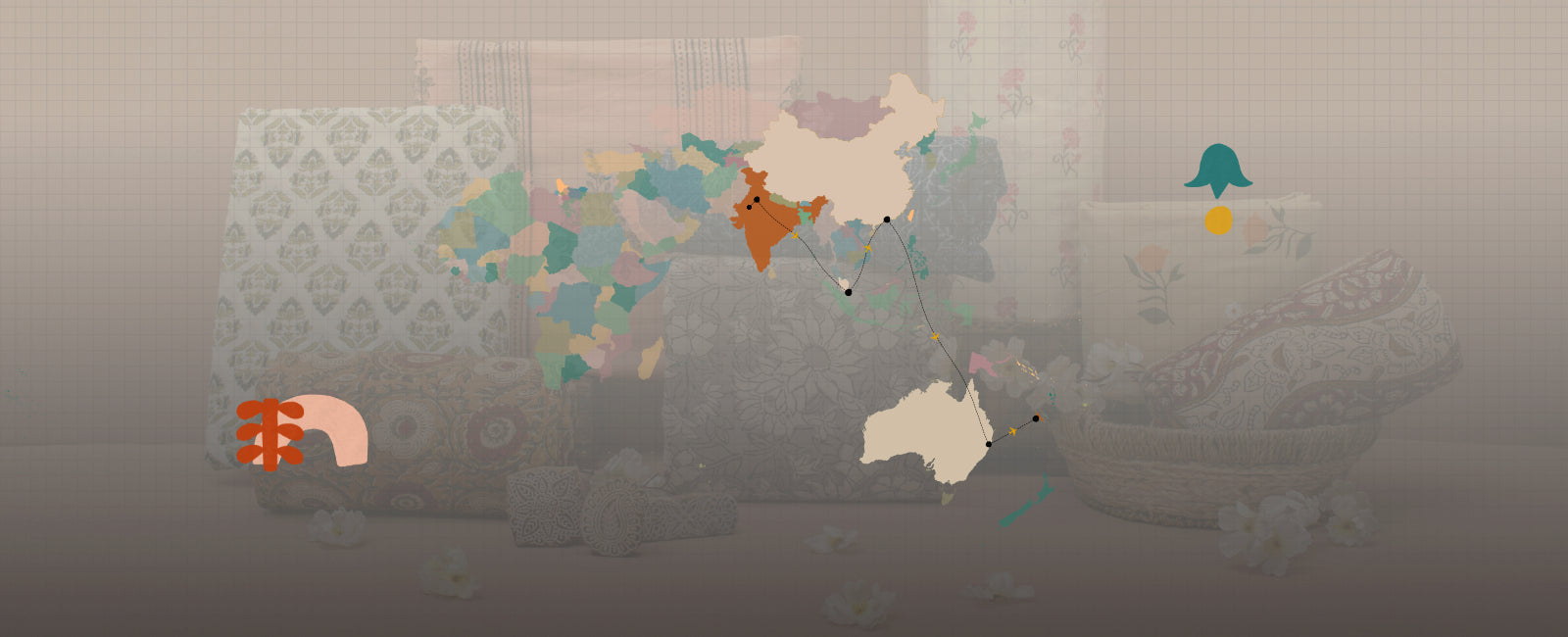Produce of nature is a material of art...
And we gave this process one of the most beautiful words in literature - "Agriculture", without which there would be no culture at all!
Needless to say, our motherland is culture-rich - thanks to the 50% of our population, who put their heart and soul into Agriculture! It is almost as if we consider Agriculture more than just an art, but something more sanctimonious. That is why India is one of the very few countries that celebrate the seasons of harvest. We don't shy away from honouring our farmers and their land! What we are reluctant to, is understanding what goes behind farming. Of course, it is not a 2-course subject that can be taught easily - it is an emotion between a man and his land.
However, what we can learn are its fundamentals. These fundamentals will spark an interest and evoke the said emotion. Similar to how we find time in acknowledging the seasons of harvest, we need to get accustomed to what is harvested.
To give you an idea, in India, cropping seasons are broadly divided into three - Rabi, Kharif and Zaid. This categorisation is concerning the kind of crops being harvested. In a way, you can also cite weather as another criterion, as different crops are grown in different climatic conditions. In fact, the name Rabi is an Arabic word for Spring and Kharif for Autumn.
1. Rabi
First harvest season in a calendar year - Rabi crops are harvested between the months of April and June. Usually, the seeds for these crops are sown the previous year - between October and December.
This season also contributes a major chunk of India's GDP, since Wheat is harvested in Rabi - a crop that is grown the most in India, after China. Some other Rabi crops include - Grams, Mustard, Barley and Peas. Punjab, Haryana, J&K, and Uttar Pradesh are some of the states wherein Rabi crops are grown the most - reason being the well-drained fertile loamy sand belt these Northern States are blessed with. How do we celebrate Rabi? Well, Lohri and Vaishaki (Baisakhi) are two of the most prominent harvest festivals in India, and both of these are celebrated during this season.
Rabi Crops: Wheat, Barley, Oats, Pulses, Mustard, Linseed, Tomato, Fenugreek, Onion and Cumin.

2. Kharif
Starting from food crops Rice, Maize, and Jowar, and to Cash crops like Cotton and Jute, Kharif is where most of the essential crops are harvested. Being the second harvest season, the time frame lies anywhere between September and October. The reason for this is that, unlike Rabi crops, Kharif crops require abundant rainfall - hence they are usually sown during the onset of the Indian Monsoon. The majority of the Southern states grow Kharif crops - because they get better of the monsoon than the Northern parts of India.
Hence you have to descend to the mighty South for taking part in the Harvest festivities. Among hundreds, one is celebrated by millions of people in Kerala - Onam. Onam is easily one of the most celebrated(literally) festivals of Kharif season - people of Kerala take three days (10, if you count the preparations that they take for the big day) for halting the festivities! "Onnam Onam/Uthradam"(First Onam), "Thiruvonam", and "Chathayam".
Kharif crops: Rice, Paddy, Maize, Jowar, Bajra, Tur (Arhar), Moong, Urad, Cotton, Jute, Groundnut and Soybean.

3. Zaid
This is where things get a bit interesting! Till now we have related the first half of a calendar year to Rabi and the second - Kharif. Now, Zaid comes in between these two seasons. Yes! Zaid crops are sown and harvested between March and July.
Wonder why you find a lot of fruits in the market during the summer?
It is because of the fact that fruits and vegetables are grown the most during these times. Zaid season is very helpful for farmers as they get a continuous income from Zaid crops while their land is being sown for Rabi and Kharif. To give you an idea, about 100 million hectares of land is reserved for Kharif season, while only 2% of this is required for Zaid.
Zaid crops: Cucumber, Watermelon, Muskmelon, and Fodder crops.

Whether it is the North or the South, when it comes to festivals, we all unite as a monolithic society. To flaunt our unity we often wear similar attire. Like how, during Onam, sisters over the North embrace an embellished White Saree - dubbed as the Onam saree, or how brothers in the South sport a Khadi, or a dhoti kurta - some even wear a matching turban to go with it! Vaisakhi (or Baisakhi), one of the biggest festivals of this month, is just around the corner. Strap yourself - if you haven't made your mellow-yellow shopping for the festivities yet, you can visit our website.
Banner Image Credit: Freepik @prassanapix




